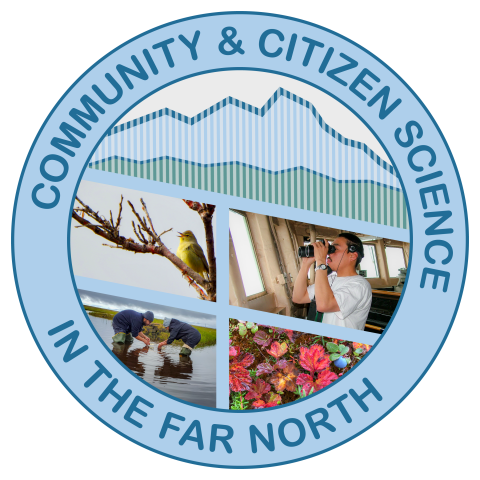
This virtual conference was held 5–7 October 2021. The focus of the conference was on sharing, networking, and discussing the various aspects of conducting community and citizen science research in the Arctic. This conference was in response to a growing community of Arctic researchers, Arctic communities, and Arctic visitors that are becoming more engaged in research. Although there are many resources regarding community and citizen science available online, they are not specific to the Arctic. The primary goal of the conference was to provide an opportunity to share knowledge and increase networking among researchers, community members, and other practitioners of community and citizen science in the circumpolar Arctic (e.g., it's not limited to one region, state, or country). A post-conference white paper, as well as archived presentations, will contribute to the overall community and citizen science community’s shared knowledge base, long-term goals, and a growing community of practice. The conference was on social media using #CCSFarNorth at @ArcticResearch on Twitter and Facebook.
Conference Updates
A webinar focusing on continuing the discussions and networking that started at the conference was held on 30 November 2021. More information about the event is on the webinar page.
A nice summary of the conference can be found here in Witness the Arctic.
Agenda
A copy of the agenda can be downloaded to see what we covered during the conference.
Download Agenda (PDF - 360 KB)
Presentations
Links to archived presentations for each day can be found on YouTube.
">5 October 2021
">6 October 2021
">7 October 2021
Conference Code of Conduct
All Community and Citizen Science in the Far North presenters, organizers, and attendees, were required to read and agree to our Code of Conduct.
Contact
For more information, please contact the team at accs [at] arcus.org.
Acknowledgements and Partners
This work is funded by the National Science Foundation under Cooperative Agreement PLR-1928794. Any opinions, findings, and conclusions, or recommendations expressed in this material are those of the author(s) and do not necessarily reflect the views of the National Science Foundation.
